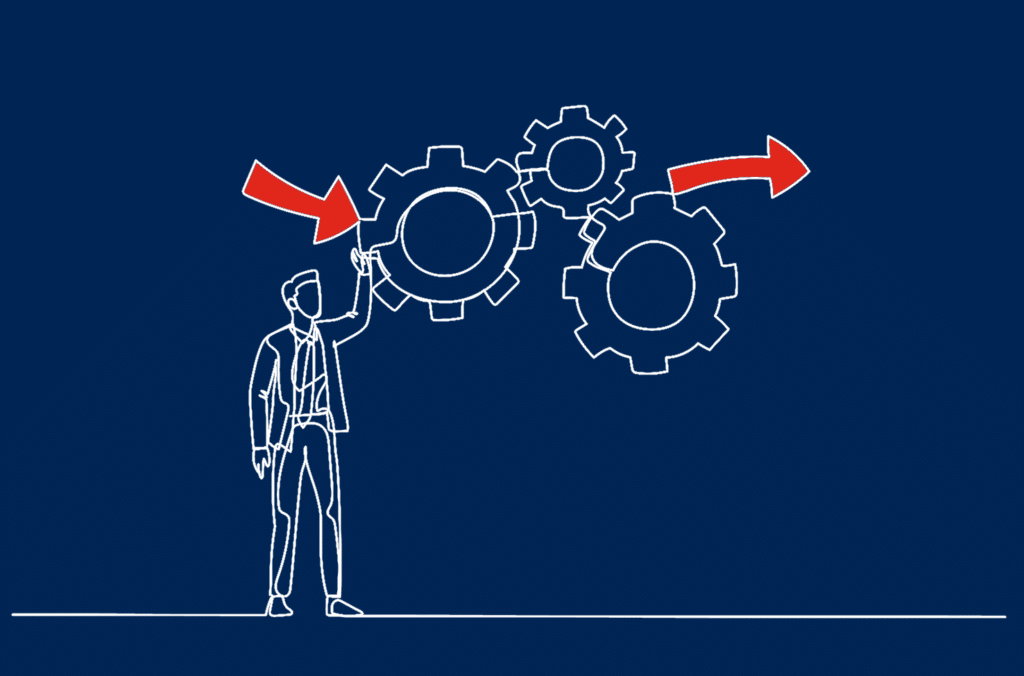Streamlining operations for efficiency

In today's competitive business landscape, refining operational processes to enhance efficiency has become paramount for success. This blog post delves into strategies for optimizing operations, ensuring your business stays ahead of the curve.
Implementing these tactics not only streamlines workflow but also significantly boosts productivity and profitability. Let's explore how you can revamp your operational strategies to achieve superior efficiency.
Understanding Your Operations
Before you can optimize your business operations, it's crucial to have a comprehensive understanding of your current processes. Assessing and mapping out every step allows you to identify redundancies and areas for improvement.
Gathering data through process mining techniques or employee feedback can provide valuable insights into your operational strengths and weaknesses.
Once you've pinpointed inefficiencies, prioritize them based on their impact on your overall workflow and the potential benefits of streamlining these areas.
Remember, the goal is not merely to cut costs but to enhance your operations' overall effectiveness and agility.
Adopting Technology Solutions
Technology plays a pivotal role in modernizing business operations. From automating mundane tasks to facilitating better communication across departments, the right technology stack can revolutionize your operational efficiency.
Consider implementing project management tools, customer relationship management (CRM) systems, or enterprise resource planning (ERP) software depending on your business needs. These tools can reduce manual effort, minimize errors, and speed up decision-making processes.
However, it's essential to choose solutions that seamlessly integrate with your existing operations and are scalable for future growth.
Streamlining Communication
Effective communication is the backbone of efficient operations. A transparent and open communication channel ensures that everyone is on the same page, reducing misunderstandings and delays.
Adopt communication tools that allow for real-time collaboration and feedback. Encouraging regular team meetings and using collaborative platforms can significantly improve coherence within your operations.
Remember to establish clear communication protocols to avoid information overload and ensure that messages are concise and relevant.
Lean Operations and Continuous Improvement
Adopting a lean approach towards operations focuses on minimizing waste without sacrificing productivity. This involves continuously assessing and improving processes to enhance efficiency and value for the customer.
Implementing a continuous improvement model like the PDCA (Plan, Do, Check, Act) cycle can drive your operations towards greater efficiency and effectiveness.
Employee feedback and involvement are crucial in this phase. Encouraging an environment where suggestions for improvement are valued and examined helps foster a culture of innovation and efficiency.
Outsourcing Non-Core Activities
Identify areas of your operations that are necessary but not central to your core business functions. Outsourcing these activities to specialized providers can free up resources, allowing you to focus on areas that generate greater value for your business.
However, ensure that you conduct thorough due diligence when selecting partners to maintain quality and align with your operational standards and values.
Regular reviews and communication with outsourced service providers are essential to ensure that the collaboration remains beneficial for both parties.
Training and Development
Streamlining operations is not solely about processes and technologies; it's also about the people who run these processes. Investing in training and development ensures that your team is proficient in the latest technologies and methodologies, making your operations more efficient.
Moreover, empowering your employees by providing leadership and technical training not only enhances their skills but also boosts morale and productivity.
Measuring Success
To truly understand the impact of your efforts to streamline operations, it's essential to measure success using relevant KPIs (Key Performance Indicators). Regular monitoring and analysis allow you to adjust your strategies based on concrete data.
Focus on metrics that truly reflect the efficiency and effectiveness of your operations, such as process times, costs, employee satisfaction, and customer feedback.
In conclusion, streamlining operations for efficiency is a multifaceted approach that involves understanding your current processes, embracing technology, fostering effective communication, and continuously seeking improvement. By strategically optimizing operations, businesses can achieve enhanced productivity, profitability, and competitiveness in their respective industries.

Related